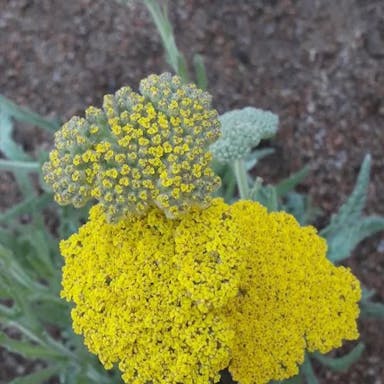Peacock begonia, also known as Begonia pavonina, is a unique and captivating plant with distinct characteristics. This plant is native to the rainforests of Malaysia and is highly sought after for its stunning foliage. The leaves of Begonia pavonina are iridescent and have a metallic blue-green color, resembling the feathers of a peacock. This striking feature sets it apart from other begonia species. The flowers it produces are small, and usually white or pink in color. However, it is the foliage that steals the show and makes this plant popular. The metallic sheen of the leaves is caused by structures that reflect light and shimmer. Begonia pavonina grows from a thick, horizontal stem. It is a relatively small plant, reaching about 30 centimeters tall. This begonia is easy to grow, suitable for indoor and outdoor. It needs humid environments with indirect light and regular watering to maintain its vibrant foliage. While it does not produce edible fruits, its ornamental value is in the unique leaves. The name
0
0







